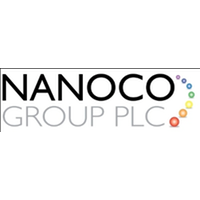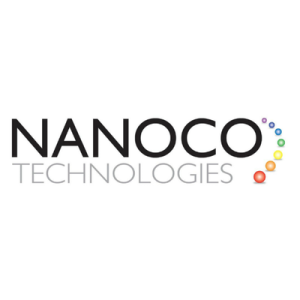What exactly is a quantum dot?
Quantum Dots (QDs), also known as semiconductor nanocrystals, are quasi-zero dimensional nanoparticles with the size between 2 and 10 nm. The dimensions of QDs are smaller than the Fermi wavelength of electrons inside of QDs materials, and the movement of electrons in all directions is limited, thus leading to a remarkable quantum confinement effect (QCE) or quantum size effect. The continuous energy band structure is changed to be discrete due to the QCE, which can generate fluorescence under the excitation at specific wavelength. As a new type of fluorescent material, QDs are known as “the best luminescent material ever discovered by humans”, Dr. Xiaogang Peng said, a professor from Department of Chemistry, Zhejiang University.
Nanoco Group Plc (LON:NANO) leads the world in the research, development and large-scale manufacture of heavy-metal free quantum dots and semiconductor nanoparticles for use in displays, lighting, solar energy and bio-imaging.


